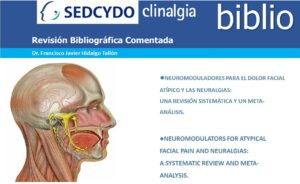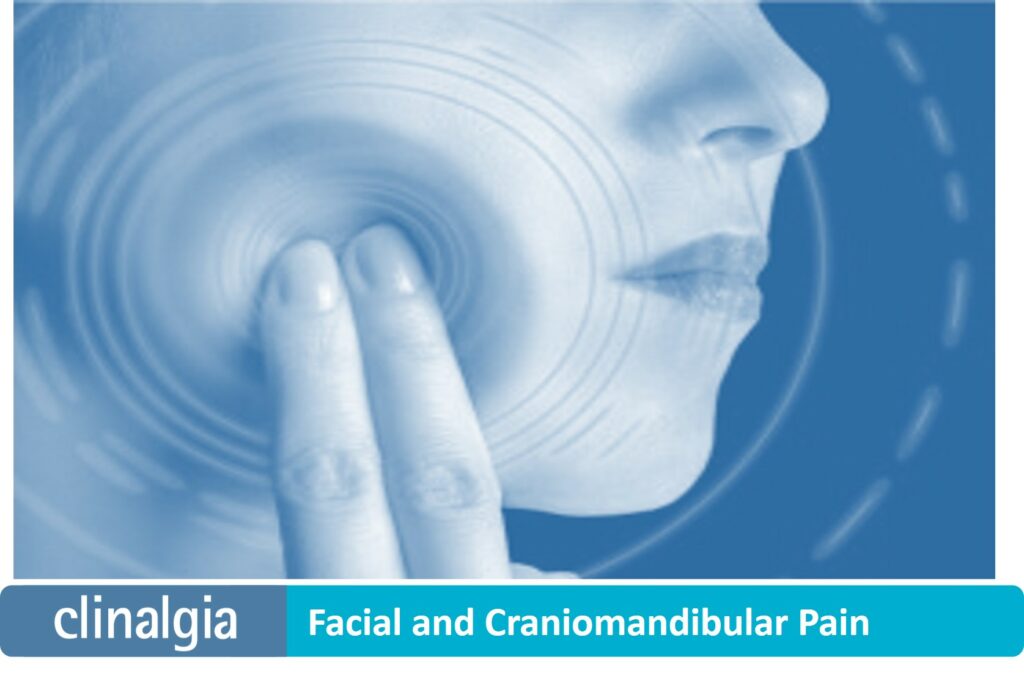
12 Ago Neuromodulators for atypical facial pain and neuralgias: a systematic review and meta-analysis.
Dolor Orofacial y Cefaleas
Triet M Do, Graham D Unis, Nrusheel Kattar, Ashwin Ananth, Edward D McCoul.
Laryngoscope. 2021 Jun;131(6):1235-1253.
doi: 10.1002/lary.29162.
Abstract.
Objective: To evaluate the effectiveness of neuromodulating agents for the management of atypical facial pain and primary facial neuralgias.
Methods: We searched MEDLINE, Embase, CINAHL, and ClinicalTrials.gov databases for original research articles that examine the effectiveness and adverse reactions of pharmacologic therapy for the treatment of trigeminal neuralgia and atypical facial pain. Studies that included surgical interventions for atypical facial pain or facial pain secondary to other causes were excluded. Meta-analysis was conducted for reductions in symptom scores and adverse effects.
Results: Of 3,409 articles screened, 73 full-text articles were included, consisting of 45 observational studies and 29 randomized controlled trials. Twenty-four different pharmacological agents were assessed; carbamazepine was the most frequently studied while botulinum toxin A demonstrated the highest consistency in reduction of symptom scores. Pooled estimate of three randomized controlled trials revealed that patients with trigeminal neuralgia who received botulinum toxin A had higher odds (odds ratio 7.46; 95% CI 3.53-15.78) of achieving a ≥50% reduction in visual analogue scale scores compared to controls. Pooled estimate of 15 observational studies
showed that three-fourths of patients with trigeminal neuralgia who received carbamazepine experienced clinically significant pain reduction (prevalence proportion 0.75; 95% CI 0.66-0.83).
Conclusions: : Patients receiving botulinum toxin A for trigeminal neuralgia had higher odds of achieving ≥50% reduction in pain scores. A significant proportion of patients with trigeminal neuralgia experienced positive response to carbamazepine. There was moderate evidence for amitriptyline in patients with atypical facial pain. Standardization of outcome reporting would facilitate future quantitative comparisons of therapeutic effectiveness.
Reviewer’s comment:
Facial neuralgia and atypical facial pain (persistent idiopathic facial pain) are disorders that have an enormous impact on patients’ quality of life. Both clinical entities can coexist, and recent studies suggest that they share similar mechanisms, being distinct manifestations of the same neuroexcitatory phenomenon. The differential diagnosis is often complex, requiring the intervention of different specialists and the implementation of multimodal treatment plans. In this area, among the various therapeutic options, the first treatment of choice is neuromodulatory drugs.
- The authors of this paper review the efficacy of these drugs in facial neuropathic pain. They review 73 studies (45 observational and 29 randomised clinical trials), with a total of 2,807 patients using a total of 24 different psychotropic drugs. The methodological diversity among the studies limits the results, but it is concluded that:
1. Carbamazepine is effective in three quarters of trigeminal neuralgias. It could be considered the first choice.
2. Botulinum toxin type A would also be effective in trigeminal neuralgia, with a ≥50% reduction in pain, according to Visual Analogue Scale recordings. It would facilitate central and peripheral desensitisation.
3. As for the other drugs, only Amitriptyline is moderately effective for atypical facial pain.
Neuropathic pain phenomena alter nociception, both centrally and peripherally. It has been suggested that central and peripheral excitability may enhance each other, justifying simultaneous action on different targets. From this point of view, peripheral blockades in patients refractory or intolerant to pharmacological treatments could benefit from more or less invasive infiltrative techniques. This is why, according to the authors, coadjuvant peripheral blocks with Lidocaine or Ropivacaine are increasingly used in the treatment of these patients.
Reviewer: Fco. Javier Hidalgo Tallón (MD, Phd. DDS). Clinical Neurosciences.



